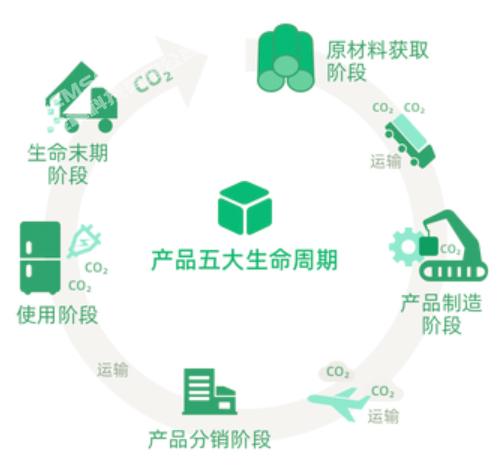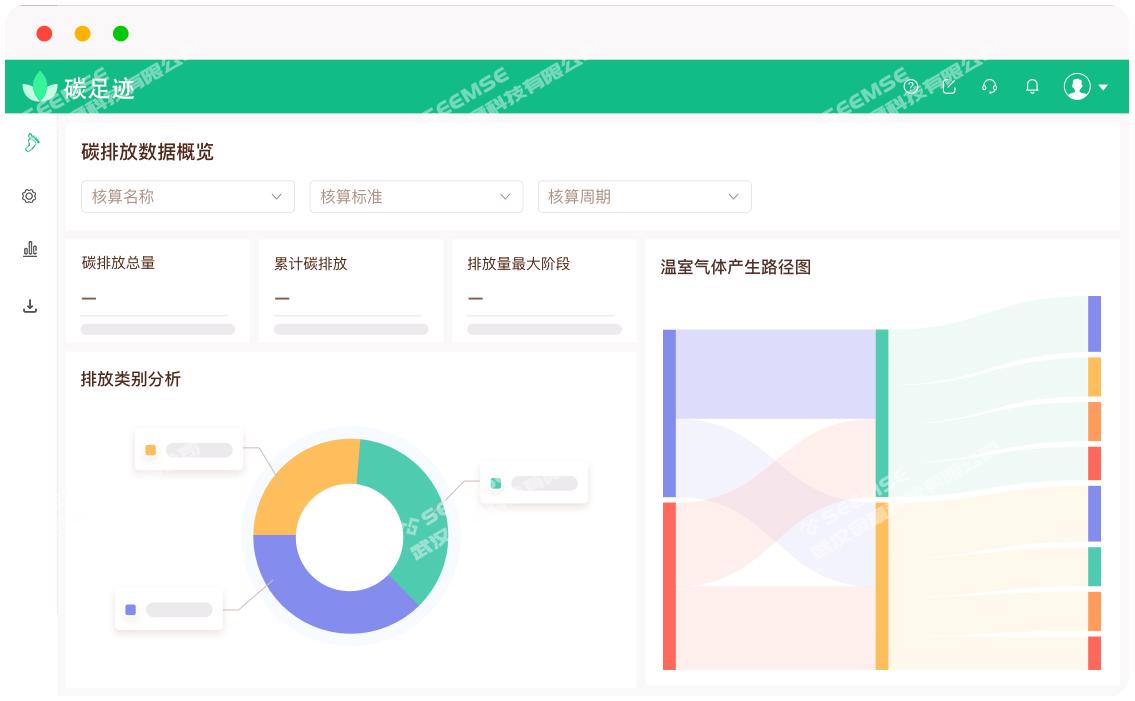A carbon footprint project is a method and calculation process that measures and evaluates the greenhouse gas (mainly carbon dioxide) emissions produced by an individual, organization or product during a specific time period. It aims to understand and quantify the contribution of human activities to climate change and provide guidance for reducing greenhouse gas emissions.

Carbon footprint projects usually include the following steps:
Defining the Scope: Clarify the scope of the project and determine the emission sources that need to be calculated and the types of activities covered. This can include direct emissions (e.g. energy use, transportation, etc.) and indirect emissions (e.g., supply chains, waste management, etc.).
Data collection: Collect project-related data, such as energy usage, transportation mileage, waste generation, etc. These data can come from the company's internal records, data provided by suppliers, industry standard data, etc.
Emission calculation: Based on the collected data, use carbon footprint calculation methods and formulas to calculate the greenhouse gas emissions generated by each activity. Calculations are usually expressed in terms of carbon dioxide equivalents (CO2e), which converts the impact of other greenhouse gases into units equivalent to carbon dioxide.
Data analysis and interpretation: Analyze and interpret the calculated emission data to understand the contribution of each activity to the total emissions, and identify high-carbon emission links and potential emission reduction opportunities. This can help businesses or organizations identify strategies and measures to reduce emissions.
Reporting and communication: Organize calculation and analysis results into reports or visualizations to communicate carbon footprint information to stakeholders in a clear and understandable way. This can include internal management and employees, as well as external partners, customers and investors.
Emission reduction actions: Develop and implement emission reduction plans and measures based on analysis results and perceived emission reduction opportunities. This can include energy efficiency improvements, renewable energy procurement, supply chain optimization, waste management improvements, and more.
Monitoring and reporting: Continuously monitor and evaluate the effects of emission reduction actions, regularly report emissions and emission reduction results, ensure the achievement of emission reduction targets and promote continuous improvement.
Through the carbon footprint project, individuals, organizations and governments can better understand their own greenhouse gas emissions, identify emission reduction priorities and opportunities, and promote sustainable development and actions to address climate change. In addition, the carbon footprint project also provides foundation and support for enterprises to establish an environmentally friendly image, meet policy requirements, and participate in the carbon market.





